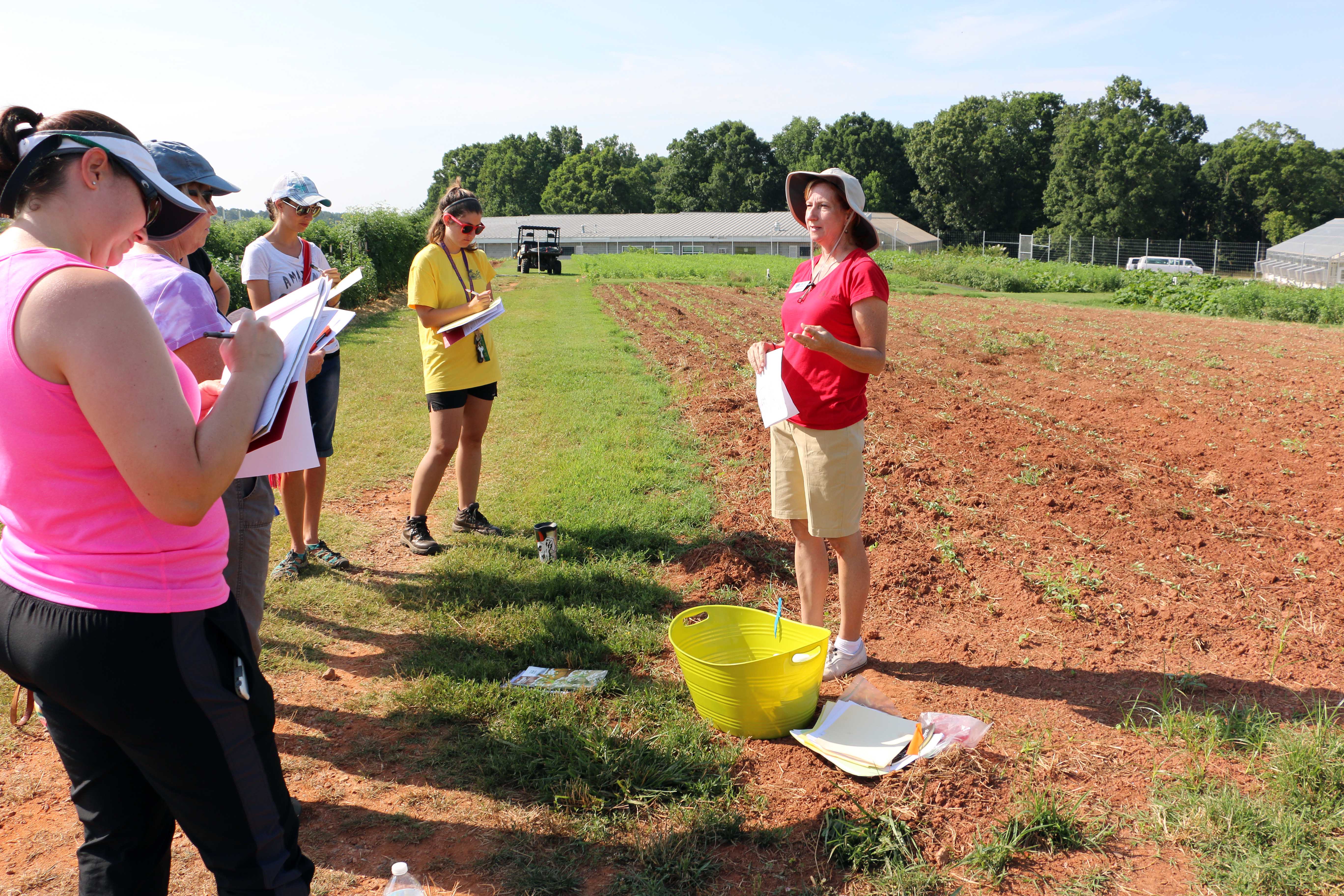Making rules, establishing boundaries and setting routines can be challenging for both parents and teachers. But children need rules to guide them, boundaries to give them a sense of safety and routines to give daily life predictability, according to a University of Georgia child development expert.
“Rules are the biggest foundation of guiding children’s behaviors,” said Diane Bales, a UGA Extension specialist with the College of Family and Consumer Sciences. “Children want the security of knowing what is expected of them and rules provide that.”
Rules about rules
One way children establish security and determine boundaries is by testing the rules.
“They are trying to find out if you are serious, if you are going to follow up,” Bales said. “Reinforce the rules every time. It is much harder to stop the behavior if children are inconsistently dealt with.”
It is easier for children to follow rules, and for adults to enforce them, if there are a few rules that are easy to understand. Bales suggests making as few rules as possible to cover as many things as possible.
A rule that says, ‘No hurting other people,’ covers hitting, biting, pushing and using hurtful words. It is easier for kids to understand specific meaningful rules than vague rules that leave room for interpretation. For example, ‘Don’t hurt other people’s feelings’ is too vague.
Bales also suggests phrasing rules in the positive.
“Rules should not be all negatives,” she said. “If you can phrase a rule that points out what they should do they are more likely to know what to do.”
If a rule requires children to walk in the hallway instead of run, say, ‘Walk in the hallway,’ instead of ‘No running in the hall.’ To encourage children to communicate their feelings before using violence, make a rule that says, ‘Talk, don’t hit.’
“Rules serve an important purpose so there needs to be an important reason to have them,” Bales said. A rule that states no one plays with Legos except on Wednesday afternoon is not a good rule.
Elementary school children can be involved in the rule-making process. Ask students to share ideas about how to get along and make each other happy. Then, post a list of the agreed-upon rules where everyone can see them. Teachers and parents can combine similar rules to cut down on the number of rules a child has to remember.
Rules also need to be developmentally appropriate. Consider the attention span and physical ability of the children. Rules should not be impossible to follow. Expecting a 2-year old to ‘clean their room’ may be too difficult for them because it is vague. But, asking them to put their toys back in the box when they are finished playing may be easier for them to follow through with.
Routine things
Bedtime, mealtimes and mornings are sources of mayhem for many families. There are a lot of tasks to complete in a short period of time. Set expectations, plan ahead and warn children of an upcoming change.
Younger children can benefit from a chart outlining the routines for the busiest times of the day.
“Have photos or stickers they can use to check off tasks as they complete them so they can see how they are moving along the journey,” Bales said. “Children get to the point where they can manage those steps with less intervention because that is what they do every day.”
To make mornings less stressful, do as much as possible the night before. Make lunches, plan breakfast and pick out the next day’s clothes.
“Having enough rest makes a huge difference with routines,” Bales said. “Elementary school-aged children need at least 10 hours of sleep each night.”
To transition children into an earlier bedtime, Bales suggests pushing the time back by 15 minutes a week until you get to the time you need. Be sure to build in time to wind down, too.
“Give kids some time to slow down their energy level,” she said. She suggests books or another low energy activity.
“Routines are good for children of any age,” she said. “They give kids security of what is going to happen.”
Whether you’re making rules or creating a routine, consistency is the key to successfully keeping both children and parents happy.




